India is the land of spiritual bliss, splashed by the waters of holy rivers. The rich cultural heritage of India owes to the glory of its historical past. It is the land inhabited by the Lords themselves, leaving behind their imprints and the sense of their divine presence, hanging in the environment for eternity. These places are marked by a number of holy temples, which were constructed by the great kings, who ruled India. Some of these Indian temples are known for their architectural magnificence and sculptural splendor, the world wide over.
Strong mythological believes have rendered these places as the religious hubs of the country. People from all over the world visit these temples, in order to take a dip in the ocean of spirituality.
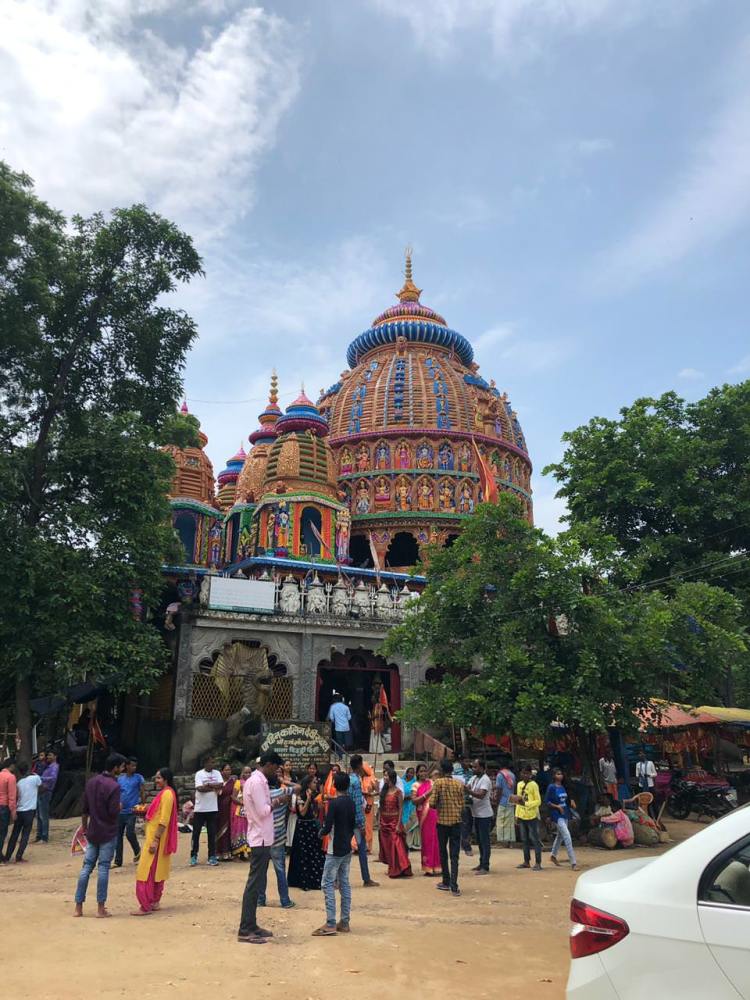
A Hindu temple is a symbolic house, seat, and body of the god. It is a structure designed to bring human beings and gods together, using symbolism to express the ideas and beliefs of Hinduism.
In the same spirit, Hindu temples are not just sacred spaces, they are also secular spaces. Their meaning and purpose have extended beyond spiritual life to social rituals and daily life, offering thus a social meaning. Some temples have served as a venue to mark festivals, to celebrate arts through dance and music, to get married or commemorate marriages, commemorate the birth of a child, other significant life events, or mark the death of a loved one.
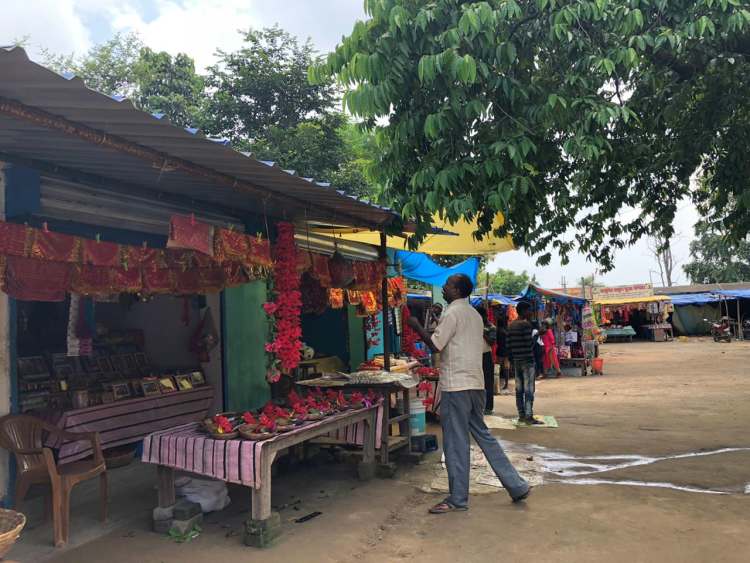 Ancient Music and dance had their beginnings in the temples.
Ancient Music and dance had their beginnings in the temples.
Similarly, the people outside put their full effort to keep folk music alive and also make their daily earnings. They would provide employment to the poorest. Temples in India are not just monuments which hold a lot of spiritual importance among people but are more than the attachments which people develop for their religion.
They serve as a place of connection where anyone visits to give themselves some thought, thank god for something good happening in their lives and also it is a place of hope which cannot be affected by the society. Also, the priest or pujari working at the temple plays a great role in responsibility and devotion of the visitors.
In an interview with the priest named Prashant, we came to know a lot of things, he was 33 years old and the energy, optimism and the hope that comes with youth was on his face. He was wearing the traditional attire of a priest: white dhoti and angavastram.
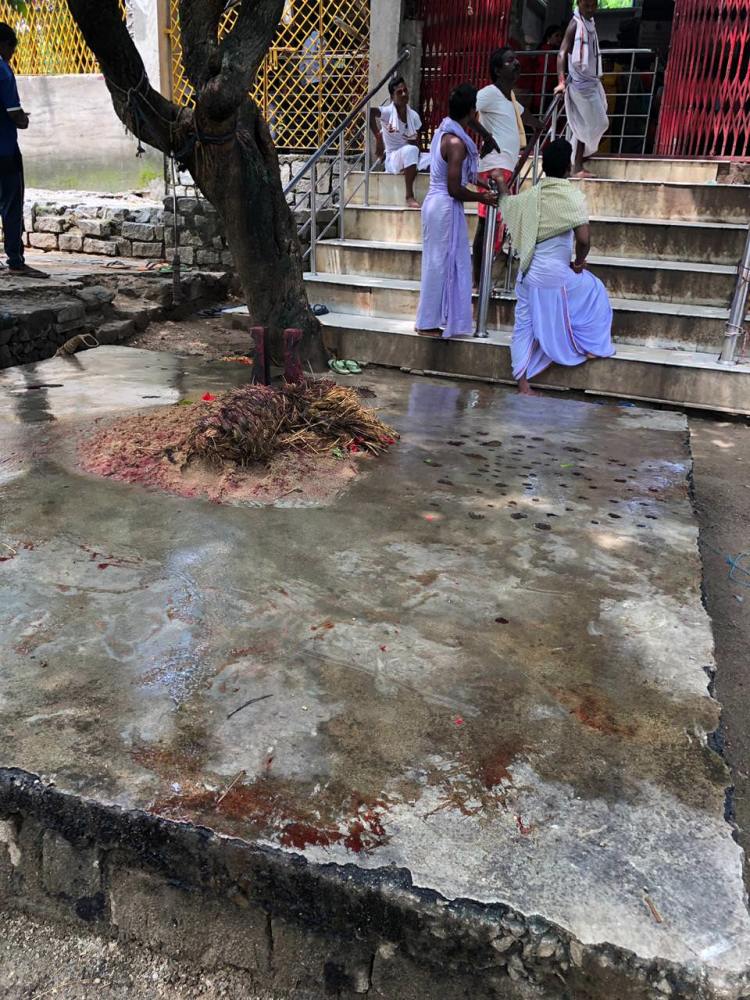
He had the Vaishnava tilak on his forehead and he had just arrived after offering worship to the deity. He was entirely reconciled with his role as the priest of a provincial temple. As far as I could think, any young man in his position would be at best conflicted, forever on the crossroads of the security of tradition and the possibilities of the wider world.
We also asked him that what prompted him to become the priest of a temple in a small village, following all the strictures that came with the job, especially when the wider world was open to him?
It must be hard for a youth his age, who is also educated in the modern idiom to abstain from all the ‘pleasures’ of the modern life and to immerse himself in the preservation of tradition for the sake of his family, his clan, his community, and his dharma.
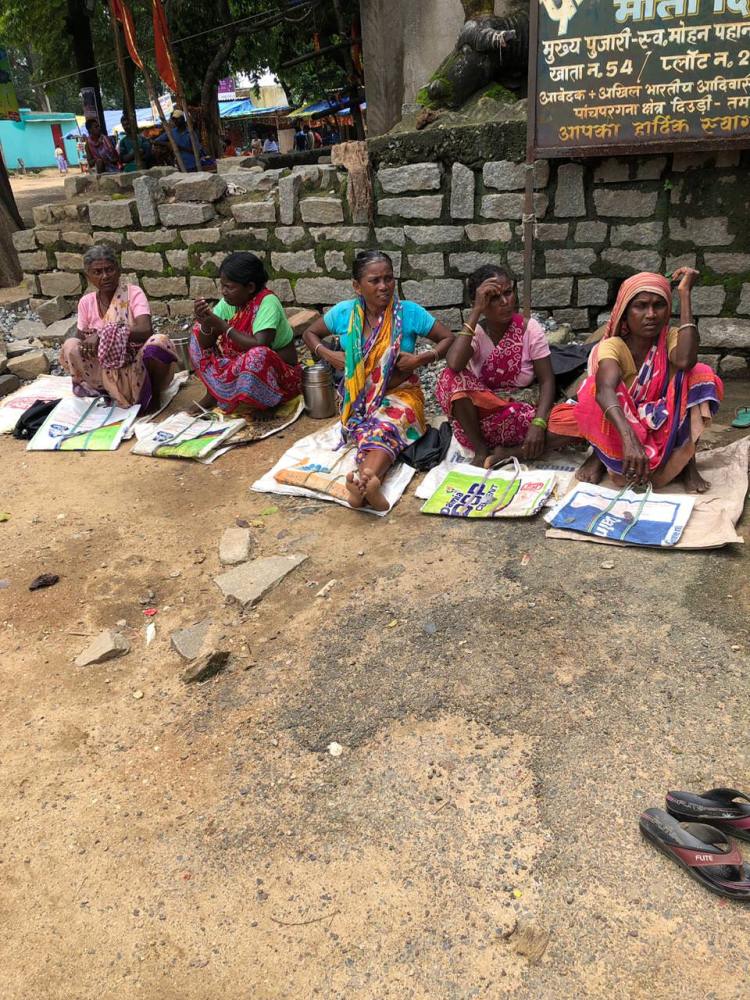
It appears, for Prashant, it was not so. Of course, the temptations to take wings and fly away to embrace the wider world were many. Of course, there were attractions of the ‘other’ life; the life which is normal for most of us. But the choice was never hard for Prashant. When it came to choosing between upholding the great tradition of the
temple, on the one hand, and to become a commoner and become ‘normal’ in the modern world on the other, Prashant easily chose his heritage over the rest of the world.
He had never been out of touch with his tradition and heritage and always considered it his first priority. He had completed his school education and then took regular education in the city, from where he got his Bachelor of Arts degree. It was after that he chose to take the path of becoming a priest.
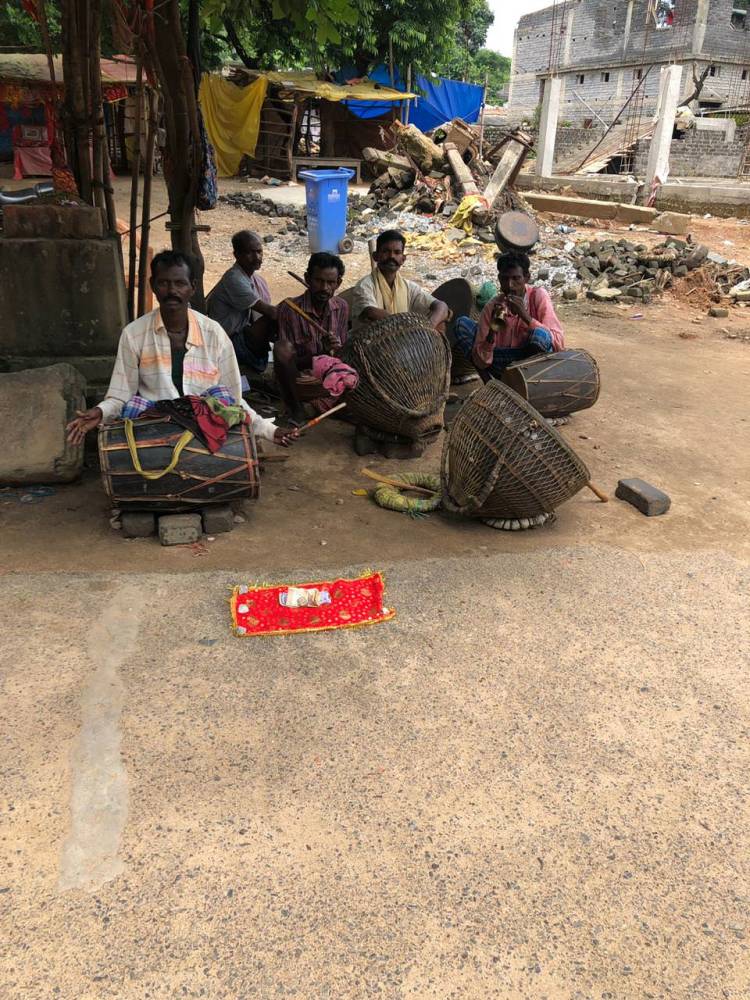
Sometimes people rationalize the choices that they have made; often in retrospect. But Prashant’s claim that he always wanted to devote his life to the preservation of his tradition, was not an afterthought.
Prashant’s story is fascinating, inspiring and uplifting. But it is not one-of-a-kind. He is not the first to make the choices that he did. Many before him have made similar choices, many like his father, like his community. For ages, Brahmin families have been living by the dharmic code and devoting their lives for the preservation of heritage and culture. For centuries, individuals like him have been making the right choice and have been sacrificing their desires in order to carry on the knowledge tradition.
Strong mythological believes have rendered these places as the religious hubs of the country. People from all over the world visit these temples, in order to take a dip in the ocean of spirituality.

A Hindu temple is a symbolic house, seat, and body of the god. It is a structure designed to bring human beings and gods together, using symbolism to express the ideas and beliefs of Hinduism.
In the same spirit, Hindu temples are not just sacred spaces, they are also secular spaces. Their meaning and purpose have extended beyond spiritual life to social rituals and daily life, offering thus a social meaning. Some temples have served as a venue to mark festivals, to celebrate arts through dance and music, to get married or commemorate marriages, commemorate the birth of a child, other significant life events, or mark the death of a loved one.
 Ancient Music and dance had their beginnings in the temples.
Ancient Music and dance had their beginnings in the temples.Similarly, the people outside put their full effort to keep folk music alive and also make their daily earnings. They would provide employment to the poorest. Temples in India are not just monuments which hold a lot of spiritual importance among people but are more than the attachments which people develop for their religion.
They serve as a place of connection where anyone visits to give themselves some thought, thank god for something good happening in their lives and also it is a place of hope which cannot be affected by the society. Also, the priest or pujari working at the temple plays a great role in responsibility and devotion of the visitors.
In an interview with the priest named Prashant, we came to know a lot of things, he was 33 years old and the energy, optimism and the hope that comes with youth was on his face. He was wearing the traditional attire of a priest: white dhoti and angavastram.

He had the Vaishnava tilak on his forehead and he had just arrived after offering worship to the deity. He was entirely reconciled with his role as the priest of a provincial temple. As far as I could think, any young man in his position would be at best conflicted, forever on the crossroads of the security of tradition and the possibilities of the wider world.
We also asked him that what prompted him to become the priest of a temple in a small village, following all the strictures that came with the job, especially when the wider world was open to him?
It must be hard for a youth his age, who is also educated in the modern idiom to abstain from all the ‘pleasures’ of the modern life and to immerse himself in the preservation of tradition for the sake of his family, his clan, his community, and his dharma.

It appears, for Prashant, it was not so. Of course, the temptations to take wings and fly away to embrace the wider world were many. Of course, there were attractions of the ‘other’ life; the life which is normal for most of us. But the choice was never hard for Prashant. When it came to choosing between upholding the great tradition of the
temple, on the one hand, and to become a commoner and become ‘normal’ in the modern world on the other, Prashant easily chose his heritage over the rest of the world.
He had never been out of touch with his tradition and heritage and always considered it his first priority. He had completed his school education and then took regular education in the city, from where he got his Bachelor of Arts degree. It was after that he chose to take the path of becoming a priest.

Sometimes people rationalize the choices that they have made; often in retrospect. But Prashant’s claim that he always wanted to devote his life to the preservation of his tradition, was not an afterthought.
Prashant’s story is fascinating, inspiring and uplifting. But it is not one-of-a-kind. He is not the first to make the choices that he did. Many before him have made similar choices, many like his father, like his community. For ages, Brahmin families have been living by the dharmic code and devoting their lives for the preservation of heritage and culture. For centuries, individuals like him have been making the right choice and have been sacrificing their desires in order to carry on the knowledge tradition.








